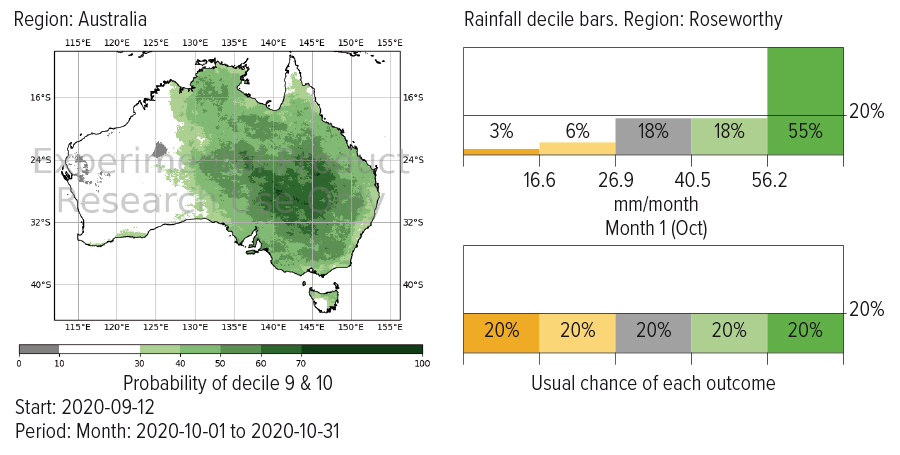To bolster grower confidence in climate forecasting tools, GRDC has invested in two companion projects to assist with season decision-making.
The AgScore project will provide report cards benchmarking international climate models against a set of agriculturally relevant metrics, while the other – ‘Forewarned is Forearmed’ – is taking a whole-of-industry approach to enhance locally developed forecasting tools.
“There’s real value in weather forecasts and seasonal climate forecasts to aid decision-making, but the information often isn’t made available in the most practical or useful manner for growers and the agricultural industry,” GRDC’s manager of transformational technologies Liam Ryan says.
To this end, growers are actively involved in both projects.
Benchmarking and test-driving
The AgScore project uses a customised AgScore™ tool developed by CSIRO to evaluate the performance of a suite of international climate models specifically within an agricultural context.
“As Peter Hayman from SARDI (the South Australian Research and Development Institute) says, the skill of seasonal forecasts is often such that they’re ‘too good to ignore, but not good enough to be sure’,” Mr Ryan says.
“For growers and advisers, there’s often a desire to identify whether one or more models tend to be more reliable in your own neck of the woods than other models and, if so, under what conditions and what times of the year.”
The project began by testing 10 models that currently produce operational forecasts for Australia, including systems such as ECMWF’s SEAS5, NASA’s GEOS-S2S-2 model and the Bureau of Meteorology’s (BoM) ACCESS-S1 system.
“The aim is to explore if there are circumstances in which some models reliably outperform other models. This requires us to do quantitative comparisons using as close as we can to an ‘apples to apples’ methodology, which can be tricky,” Mr Ryan says.
“A few of the better-performing models will be investigated for their skill in simulating agriculturally relevant metrics using the AgScore™ tool and report cards will be produced to benchmark their performance.”
Growers will be involved in case studies that will test-drive these forecasts to assess the economic value for some key grain production decisions. “Test-driving the forecasts using grower case studies will further our understanding of how additional information on the forecast can assist strategic decisions, such as crop selection, sowing time and fertiliser management, and provide improved profit to growers,” Mr Ryan says.
“This will hopefully help complement the foundational work that people like Peter Hayman and Barry Mudge are doing with their Rapid Climate Decision Analysis Tool – a simple but powerful tool to manage climate risk in decision-making.”
Grower design input
The Forewarned is Forearmed project works closely with the BoM, guided by six reference groups comprising growers, farmers and advisers from the northern beef, southern beef, and national grains, sugar, dairy and wine grape industries.
“The active engagement of users from these industry groups ensures direct input to the BoM on the type of tools being developed,” Mr Ryan says.
The project will provide five new products for forecasting extreme events over the weeks to months ahead.
“Some products will provide simple yet new and informative information on the forecast, while others will provide more detailed information catering for a broad audience and user base.
“For instance, some products will be expandable maps showing the likelihood of very cold/hot and very dry/wet conditions in different locations, while others will provide more detailed information on the shift in probabilities for rainfall and temperature for the weeks, fortnights, months and seasons ahead in specific locations." (see Figure 1 for an example).

Figure 1: Examples of the forecasting products that will be available from the Forewarned is Forearmed project. Source: BOM
Growers will benefit from these projects through improved confidence in using forecasting tools to manage weather and climate-related risks in decision-making.
More information: Liam Ryan, 0477 746 414, liam.ryan@grdc.com.au

























































